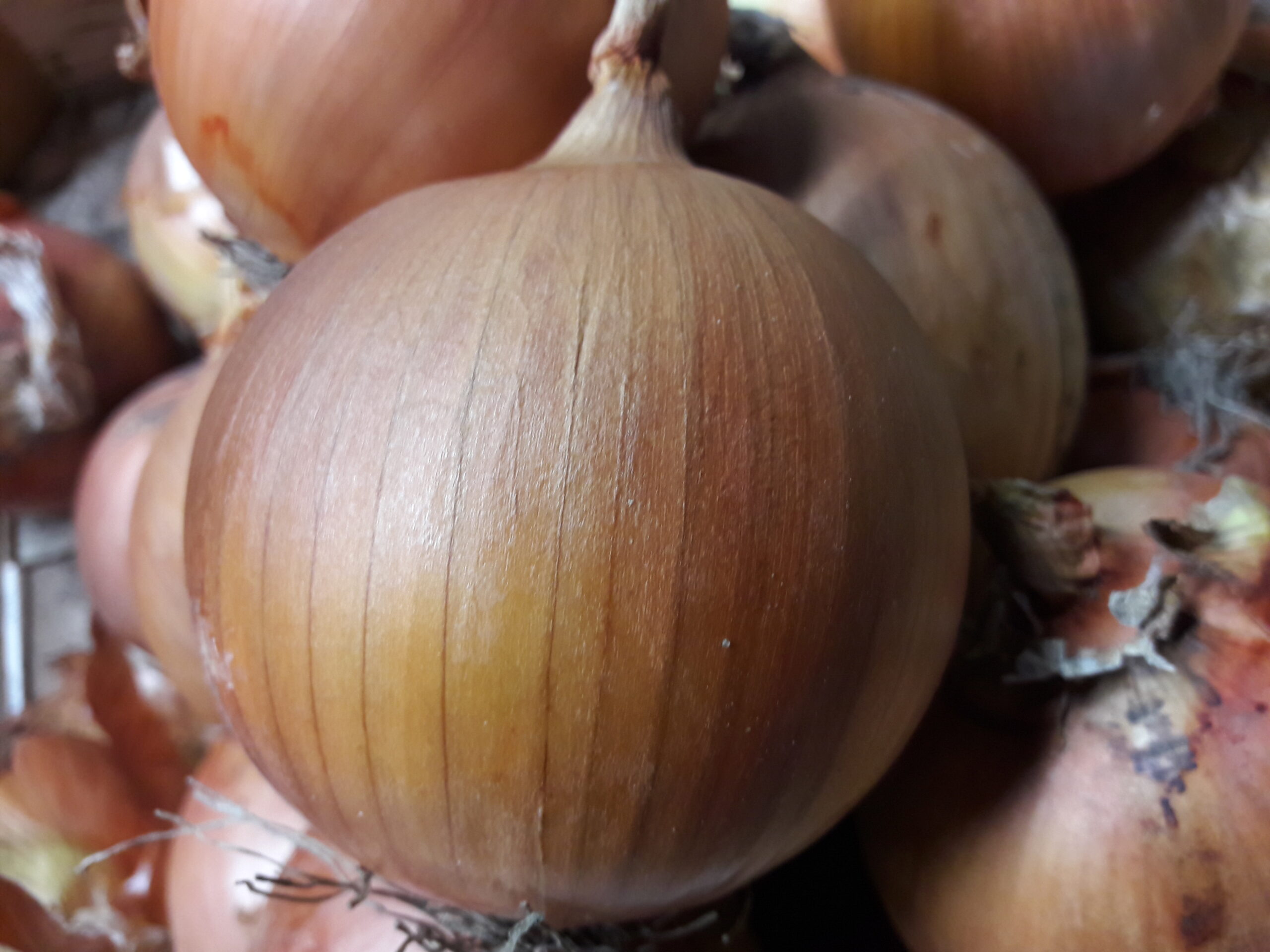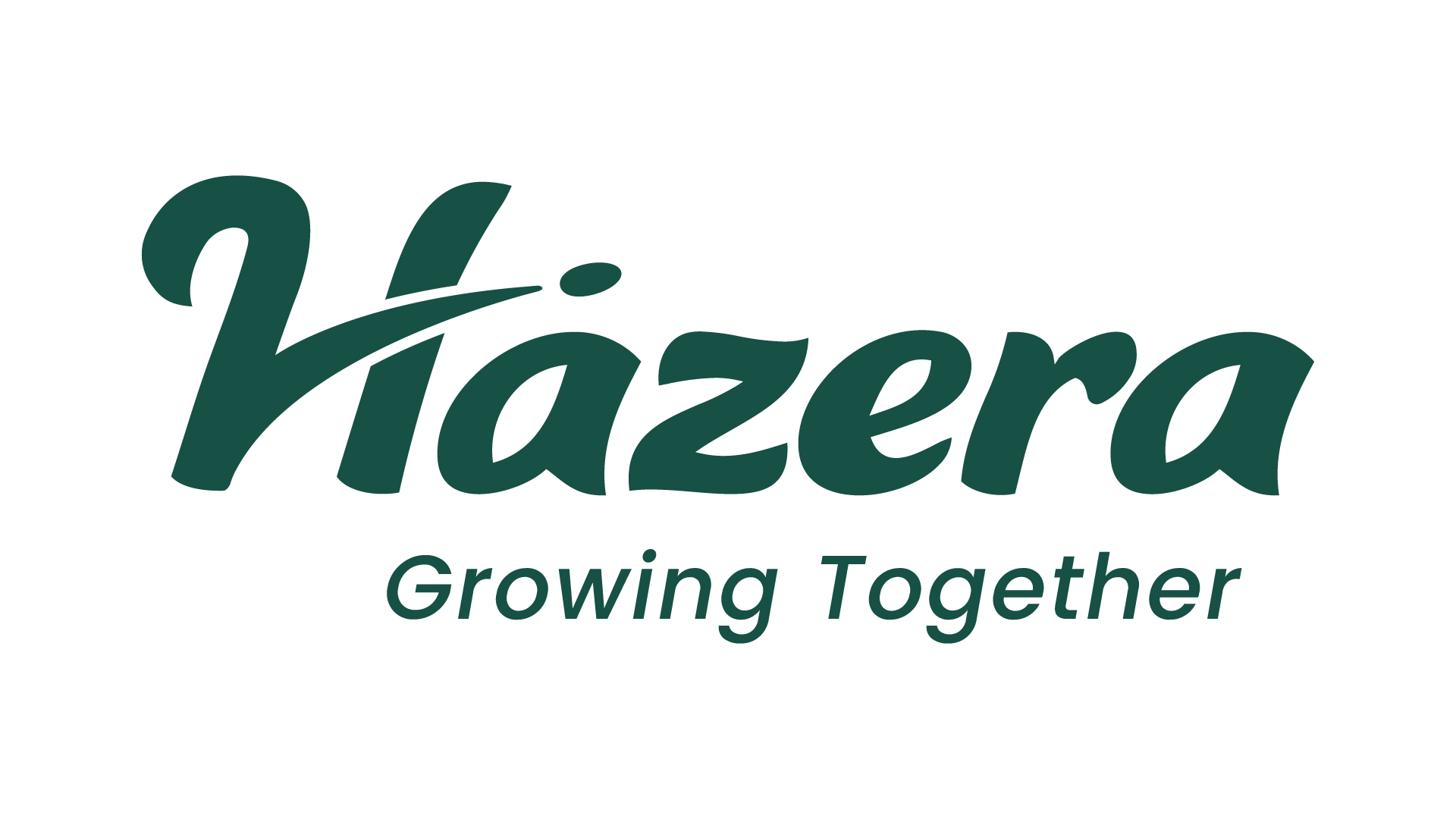Crop Type
Long Day
Skin Color
Yellow
Maturity
Mid Early
Storage Potential
Short
Sowing
Planting
Harvest
Storage

Rhino F1 produces a great yield.
medium early variety
storage until February
straw yellow scales
recommended for organic growing
Rhino, like all varieties of this type, should be sown after 10 April. The plant has a strong root system and good vigour.
In good growing conditions Rhino produces a great yield. It produces perfectly spherical, firm and very uniform bulbs. The scale is straw yellow and strong.
The variety is resistant to Pink Root (Pyrenochaeta terrestris). Recommended for peeling and fresh market.
Recommended sowing rate is about 2.5 units/ha for peeling, about 3 units/ha for fresh market.
See also → growing Rhino from seedlings
Rhino F1 produces a great yield.
medium early variety
storage until February
straw yellow scales
recommended for organic growing
Rhino, like all varieties of this type, should be sown after 10 April. The plant has a strong root system and good vigour.
In good growing conditions Rhino produces a great yield. It produces perfectly spherical, firm and very uniform bulbs. The scale is straw yellow and strong.
The variety is resistant to Pink Root (Pyrenochaeta terrestris). Recommended for peeling and fresh market.
Recommended sowing rate is about 2.5 units/ha for peeling, about 3 units/ha for fresh market.
See also → growing Rhino from seedlings
Crop Type
Long Day
Skin Color
Yellow
Maturity
Mid Early
Storage Potential
Short
Sowing
Planting
Harvest
Storage
Attention: This information and any complementary/other verbal or written information that may be given on behalf of Hazera, present average results of specific trials; these are neither exhaustive nor necessarily accurate and may not be regarded as advice, guidance, recommendation, representation or warranty. Sowing times and growing areas are indicative only. Pictures are illustrative only. The sale & use of seeds are subject to the terms and conditions appearing collectively on seed packages and in catalogues and/or at: http://www.hazera.com/terms-and-conditions. E&OE. © 2025 Hazera. All rights reserved.
For tomatoes:
* Resistant varieties may exhibit some disease symptoms or damage under heavy pest pressure and/or under adverse environmental conditions and/or in the face of new biotypes, pathotypes, races or strains of the pest that may emerge. Soil temperature above 27°C and other stresses may cause nematode resistance to break.
** Please refer to the ISF definitions at https://worldseed.org/wp-content/uploads/2022/11/Definition_on_reaction_plants_to_pests_2022_final_clean2.pdf
A copy of the definitions for terms describing reactions of plants to pests for the Vegetable Seed Industry, can be obtained at our offices upon demand.
For all other crops:
* Resistant varieties may exhibit some disease symptoms or damage under heavy pest pressure and/or under adverse environmental conditions and/or in the face of new biotypes, pathotypes, races or strains of the pest that may emerge.
** Please refer to the ISF definitions at https://worldseed.org/wp-content/uploads/2022/11/Definition_on_reaction_plants_to_pests_2022_final_clean2.pdf
A copy of the definitions for terms describing reactions of plants to pests for the Vegetable Seed Industry, can be obtained at our offices upon demand.


Rhino F1 produces a great yield.
medium early variety
storage until February
straw yellow scales
recommended for organic growing
Rhino, like all varieties of this type, should be sown after 10 April. The plant has a strong root system and good vigour.
In good growing conditions Rhino produces a great yield. It produces perfectly spherical, firm and very uniform bulbs. The scale is straw yellow and strong.
The variety is resistant to Pink Root (Pyrenochaeta terrestris). Recommended for peeling and fresh market.
Recommended sowing rate is about 2.5 units/ha for peeling, about 3 units/ha for fresh market.
See also → growing Rhino from seedlings
Attention: This information and any complementary/other verbal or written information that may be given on behalf of Hazera, present average results of specific trials; these are neither exhaustive nor necessarily accurate and may not be regarded as advice, guidance, recommendation, representation or warranty. Sowing times and growing areas are indicative only. Pictures are illustrative only. The sale & use of seeds are subject to the terms and conditions appearing collectively on seed packages and in catalogues and/or at: http://www.hazera.com/terms-and-conditions. E&OE. © 2025 Hazera. All rights reserved.
For tomatoes:
* Resistant varieties may exhibit some disease symptoms or damage under heavy pest pressure and/or under adverse environmental conditions and/or in the face of new biotypes, pathotypes, races or strains of the pest that may emerge. Soil temperature above 27°C and other stresses may cause nematode resistance to break.
** Please refer to the ISF definitions at https://worldseed.org/wp-content/uploads/2022/11/Definition_on_reaction_plants_to_pests_2022_final_clean2.pdf
A copy of the definitions for terms describing reactions of plants to pests for the Vegetable Seed Industry, can be obtained at our offices upon demand.
For all other crops:
* Resistant varieties may exhibit some disease symptoms or damage under heavy pest pressure and/or under adverse environmental conditions and/or in the face of new biotypes, pathotypes, races or strains of the pest that may emerge.
** Please refer to the ISF definitions at https://worldseed.org/wp-content/uploads/2022/11/Definition_on_reaction_plants_to_pests_2022_final_clean2.pdf
A copy of the definitions for terms describing reactions of plants to pests for the Vegetable Seed Industry, can be obtained at our offices upon demand.